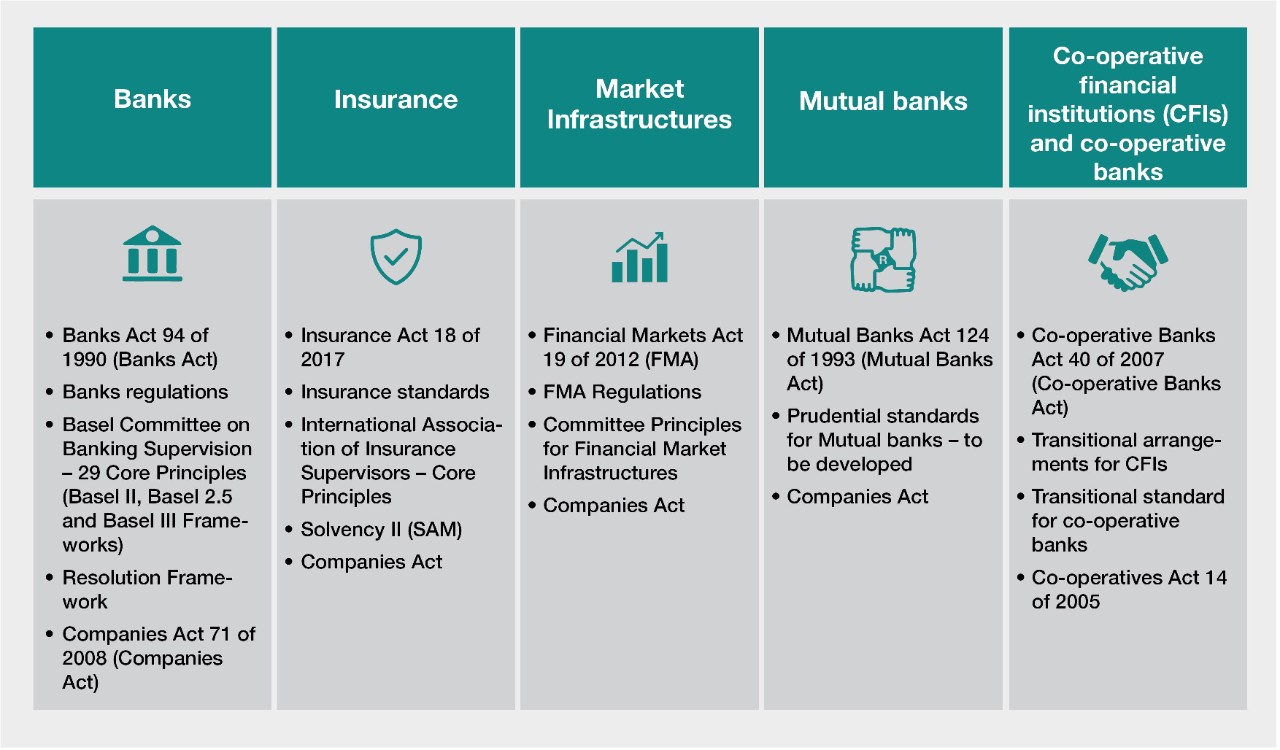Home>Finance>Mergers And Acquisitions Are Usually A Success When Measured By Stock Value


Finance
Mergers And Acquisitions Are Usually A Success When Measured By Stock Value
Published: February 24, 2024
Looking to understand the success of mergers and acquisitions in finance? Learn how stock value can be a key measure of their effectiveness. Discover more insights.
(Many of the links in this article redirect to a specific reviewed product. Your purchase of these products through affiliate links helps to generate commission for LiveWell, at no extra cost. Learn more)
Table of Contents
- Understanding the Impact of Mergers and Acquisitions on Stock Value
- Navigating the Dynamics of Corporate Restructuring
- Unveiling the Determinants of Market Perception and Investor Confidence
- Assessing the Impact of Mergers and Acquisitions on Market Capitalization
- Examining the Impact of Mergers and Acquisitions on Stock Value
- Navigating the Intersection of Mergers and Acquisitions and Stock Value
Introduction
Understanding the Impact of Mergers and Acquisitions on Stock Value
Mergers and acquisitions (M&A) are pivotal events in the corporate world, often generating significant interest and speculation among investors, industry analysts, and the general public. These strategic moves can dramatically influence the stock value of the involved companies, and as such, they are closely scrutinized by financial experts and stakeholders alike.
The dynamism of M&A activities, with their potential to reshape market landscapes and redefine industry leaders, underscores their importance in the realm of finance. When successful, M&A transactions can yield substantial benefits for the participating entities, including enhanced competitiveness, expanded market reach, and increased operational efficiencies. Conversely, unsuccessful M&A endeavors can result in financial turmoil, eroded market confidence, and diminished shareholder value.
Understanding the intricate relationship between M&A activities and stock value necessitates a comprehensive exploration of the underlying mechanisms at play. By delving into the factors that influence stock value and the methodologies employed to measure the success of M&A transactions through this lens, we can gain valuable insights into the dynamics of corporate restructuring and its impact on financial markets.
Understanding Mergers and Acquisitions
Navigating the Dynamics of Corporate Restructuring
Mergers and acquisitions represent strategic initiatives through which companies seek to consolidate their operations, expand their market presence, or achieve synergistic advantages. A merger involves the combination of two entities to form a new, singular company, while an acquisition entails one company purchasing another, often resulting in the acquired entity becoming a subsidiary of the acquirer. These transactions are driven by diverse motives, such as gaining access to new technologies, diversifying product portfolios, or capitalizing on economies of scale.
From a financial standpoint, M&A activities can significantly impact the stock value of the involved companies. The announcement of an impending merger or acquisition can trigger fluctuations in stock prices, reflecting market sentiment and expectations regarding the potential outcomes of the transaction. Investors closely monitor these developments, analyzing the strategic rationale behind the deal, the projected synergies, and the anticipated financial performance of the combined entity.
Moreover, the process of integrating two distinct corporate cultures, operational frameworks, and management systems following a merger or acquisition poses complex challenges. The successful navigation of these intricacies is pivotal in determining the long-term viability and performance of the consolidated entity. Additionally, the regulatory landscape surrounding M&A activities adds another layer of complexity, as compliance with antitrust laws and other regulatory requirements is essential to the successful execution of these transactions.
As such, a nuanced understanding of the intricacies of M&A transactions is indispensable for investors, corporate leaders, and financial professionals. By delving into the strategic, operational, and financial aspects of mergers and acquisitions, stakeholders can gain insights into the potential implications for stock value and broader market dynamics, thus enabling informed decision-making and risk assessment.
Factors Influencing Stock Value
Unveiling the Determinants of Market Perception and Investor Confidence
The stock value of a company is influenced by a myriad of factors, many of which are intricately tied to the strategic decisions and operational performance of the organization. In the context of mergers and acquisitions, several key elements play a pivotal role in shaping market perceptions and investor confidence, thereby impacting stock prices and overall market capitalization.
Strategic Rationale: The strategic rationale behind a merger or acquisition is a fundamental driver of stock value. Investors closely scrutinize the articulated objectives of the transaction, assessing the potential synergies, market positioning, and growth prospects of the combined entity. Clarity and coherence in the strategic rationale can instill confidence and positively influence stock prices.
Financial Performance: The financial performance of the involved companies, both pre- and post-transaction, significantly influences stock value. Investors assess the projected impact of the merger or acquisition on revenue growth, profitability, and cash flow, seeking assurance that the transaction will yield sustainable value creation over the long term.
Market Sentiment: Market sentiment and investor perceptions play a crucial role in shaping stock prices. The announcement of an M&A transaction can evoke varied reactions, ranging from optimism about potential synergies and growth opportunities to concerns regarding integration challenges and execution risks. These sentiments can sway stock prices in the short term, reflecting the prevailing market sentiment.
Regulatory Environment: The regulatory landscape surrounding M&A activities can exert a significant influence on stock value. Antitrust regulations, industry-specific compliance requirements, and legal hurdles can impact market perceptions of the transaction, with regulatory uncertainties potentially leading to fluctuations in stock prices as investors assess the associated risks.
Operational Integration: The successful integration of operations, technologies, and human resources following a merger or acquisition is critical in determining the long-term value creation potential. Investors closely monitor the progress of integration efforts, as seamless operational integration is indicative of the potential for enhanced efficiencies and synergies, thereby positively impacting stock value.
By comprehensively evaluating these and other pertinent factors, investors and stakeholders can gain a deeper understanding of the intricate dynamics that underpin stock value in the context of M&A activities. This understanding is instrumental in making informed investment decisions and assessing the potential implications of corporate restructuring on shareholder value and market dynamics.
Measuring Success through Stock Value
Assessing the Impact of Mergers and Acquisitions on Market Capitalization
Measuring the success of mergers and acquisitions through stock value entails a multifaceted evaluation of the impact of these transactions on market capitalization, investor sentiment, and the long-term financial performance of the involved companies. Stock value serves as a barometer of market perceptions and expectations, reflecting the collective assessment of investors regarding the potential outcomes and synergistic benefits of the M&A activities.
Market Capitalization: The combined market capitalization of the acquirer and the target company following a merger or acquisition is a key metric used to gauge the success of the transaction. An increase in market capitalization post-transaction, indicative of enhanced investor confidence and perceived value creation, is often viewed as a positive outcome, signaling the potential for long-term growth and value accretion.
Stock Price Performance: The performance of the stock prices of the involved companies in the aftermath of an M&A transaction provides valuable insights into market perceptions and the success of the deal. Sustained stock price appreciation, particularly in the context of a post-merger or post-acquisition scenario, signifies positive investor sentiment and confidence in the strategic synergies and operational efficiencies anticipated from the transaction.
Comparative Analysis: Conducting a comparative analysis of stock price performance and market capitalization vis-à-vis industry peers and broader market indices is instrumental in contextualizing the success of M&A activities. Benchmarking the performance of the involved companies against industry benchmarks and market indices enables a comprehensive assessment of the relative impact of the transactions on stock value and market positioning.
Long-Term Value Creation: Measuring the success of M&A activities through stock value necessitates a long-term perspective on value creation. Investors and analysts assess the sustained impact of the transactions on stock prices and market capitalization over an extended period, seeking evidence of enduring value creation, synergistic benefits, and strategic alignment translating into tangible financial performance and shareholder value.
By employing these metrics and analytical frameworks, stakeholders can effectively measure the success of mergers and acquisitions through the lens of stock value, gaining valuable insights into the market’s perception of these transactions and their potential implications for the financial performance and competitive positioning of the involved entities.
Case Studies
Examining the Impact of Mergers and Acquisitions on Stock Value
Case studies provide valuable insights into the real-world implications of mergers and acquisitions on stock value, offering nuanced perspectives on the factors that contribute to the success or failure of these strategic transactions. By delving into notable M&A endeavors, we can glean actionable lessons and discern patterns that shed light on the intricate dynamics of corporate restructuring and its impact on stock prices.
Case Study 1: The Walt Disney Company’s Acquisition of 21st Century Fox
The acquisition of 21st Century Fox by The Walt Disney Company in 2019 exemplifies the profound impact of M&A activities on stock value. The strategic rationale behind the acquisition, aimed at bolstering Disney’s content portfolio and expanding its global footprint, garnered significant attention from investors. Following the announcement of the acquisition, Disney’s stock price exhibited resilience, signaling positive investor sentiment and confidence in the potential synergies and market positioning resulting from the transaction. Subsequent to the completion of the acquisition, Disney’s market capitalization surged, reflecting the perceived value creation and growth prospects attributed to the consolidation of the two media conglomerates.
Case Study 2: Sprint Corporation’s Merger with T-Mobile US
The merger between Sprint Corporation and T-Mobile US represents a compelling case study in the realm of telecommunications M&A. The announcement of the merger sparked fluctuations in the stock prices of both companies, with investors closely monitoring the regulatory approvals and integration progress. The successful completion of the merger resulted in a notable uptick in the combined entity’s stock value, driven by the anticipated synergies, expanded market share, and enhanced competitive positioning in the telecommunications industry. This case underscores the pivotal role of regulatory considerations and operational integration in shaping the stock value dynamics of M&A transactions.
These case studies underscore the intricate interplay between M&A activities and stock value, providing valuable insights into the factors that influence market perceptions, investor confidence, and the long-term implications of these strategic transactions. By analyzing these cases through the lens of stock value, stakeholders can glean actionable insights and strategic considerations for navigating the complexities of corporate restructuring and maximizing value creation for shareholders.
Conclusion
Navigating the Intersection of Mergers and Acquisitions and Stock Value
The intricate relationship between mergers and acquisitions (M&A) and stock value underscores the profound impact of corporate restructuring on market dynamics, investor sentiment, and the long-term financial performance of companies. As evidenced by the case studies and the multifaceted factors influencing stock value, it is evident that M&A activities have far-reaching implications that extend beyond the realms of strategic consolidation and operational integration.
Understanding the interplay between M&A activities and stock value necessitates a holistic approach that encompasses the strategic rationale, financial performance, market sentiment, regulatory considerations, and operational integration dynamics. By comprehensively evaluating these factors, stakeholders can gain valuable insights into the market’s perception of M&A transactions and their potential implications for shareholder value and market positioning.
Measuring the success of M&A activities through the lens of stock value requires a nuanced understanding of market dynamics, investor behavior, and the long-term value creation potential of these transactions. By employing robust analytical frameworks and comparative analyses, stakeholders can effectively gauge the impact of M&A endeavors on stock prices, market capitalization, and the competitive positioning of the involved entities.
As the corporate landscape continues to evolve, M&A activities will remain pivotal in shaping industry landscapes, driving strategic realignment, and fostering market competitiveness. By leveraging insights gleaned from the intersection of M&A and stock value, stakeholders can navigate the complexities of corporate restructuring with a keen understanding of the implications for shareholder value and market dynamics.
In conclusion, the symbiotic relationship between M&A activities and stock value underscores the intrinsic link between corporate strategy, market perceptions, and investor confidence. By delving into the intricacies of this relationship, stakeholders can glean actionable insights and strategic considerations for maximizing value creation, fostering sustainable growth, and navigating the evolving landscape of corporate finance.














